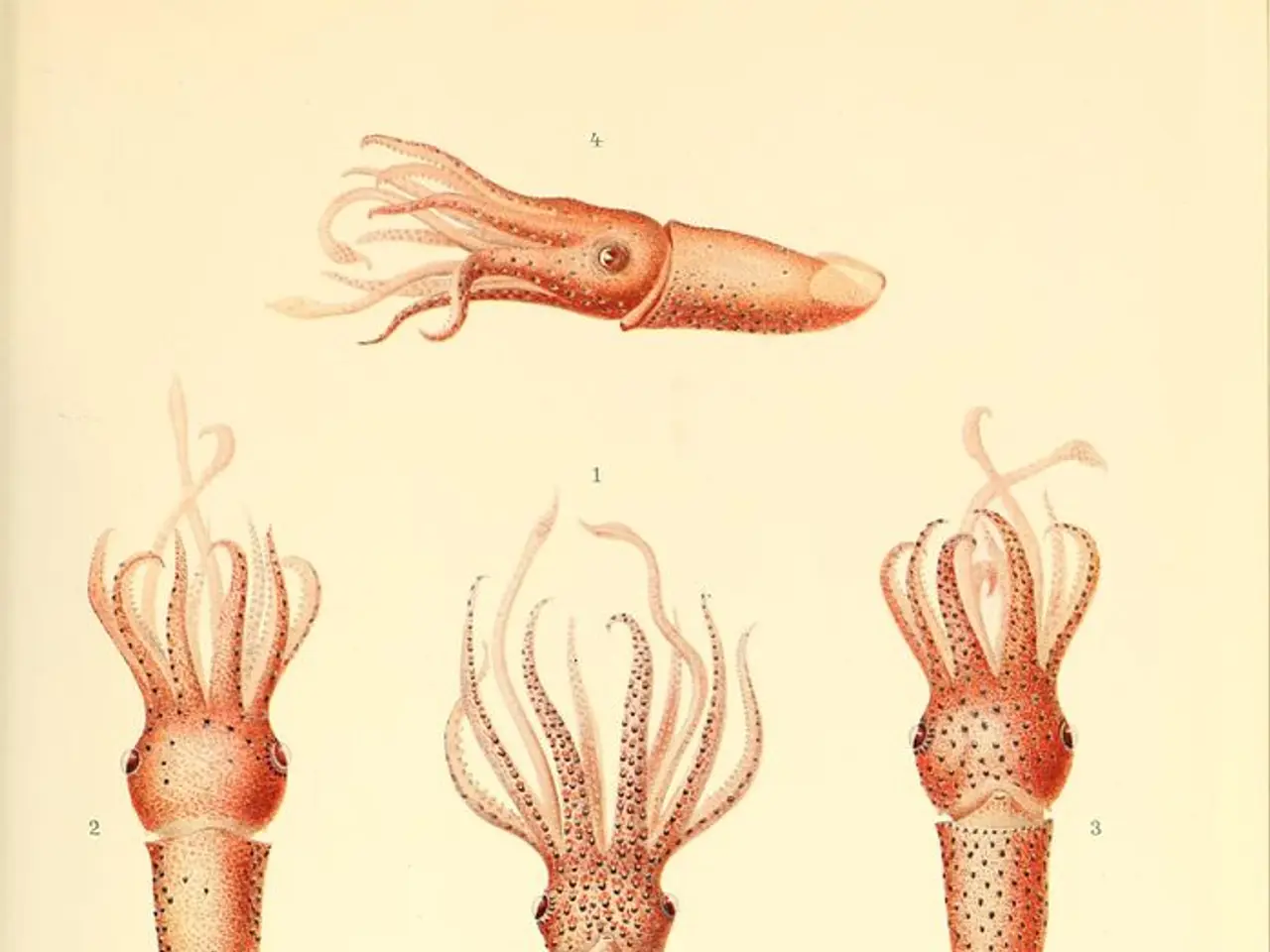Identical crater formations observed across the Solar System hint at the existence of an unidentified asteroid class
In a groundbreaking study, a team of scientists led by Carianna Herrera, a Masters student at Université Côte d'Azur, France, has shed light on the population of binary asteroids in our Solar System. The research, published online in September 2024 at arxiv.org/abs/2405.18460, focuses on the surfaces of the two largest asteroids, Ceres and Vesta, which have been photographed and mapped at high resolution by NASA's Dawn probe.
The study reveals that double craters, also known as binary craters, formed when a binary asteroid - a larger body being orbited by a natural satellite - impacts a planetary surface, are relatively common. Herrera identified 39 binary craters on Ceres and 18 on Vesta, providing direct evidence that some impacting bodies are binaries rather than single objects.
Binary craters, such as those found on Ceres, Vesta, and Mars, offer valuable insights into the population of binary asteroids in the Solar System. By analyzing the parameters of these binary craters, including the separation between the two and the inferred sizes of the original impactor and its satellite, scientists can infer the prevalence of binary asteroids.
On bodies like Vesta, large impact basins such as Rheasilvia and Veneneia testify to massive collisions but do not directly address binary asteroid impacts. However, detailed crater morphology studies on Vesta can reveal signatures consistent with binary impacts. Similarly, observations of craters on Ceres, especially ones like the Occator crater with unusual bright spots linked to briny water, provide insights into the geological response to impacts and the nature of impactors.
On Mars, double craters have been observed and studied extensively due to the planet's thin atmosphere better preserving crater features. Statistically analyzing the frequency and characteristics of double craters on Mars can be used to estimate how many binary asteroids exist and how often they impact planets and asteroids.
The study of double craters on Ceres, Vesta, and Mars helps scientists infer the prevalence of binary asteroids among the total asteroid population. This inference comes from impact crater morphology and statistics rather than direct observation of the binaries themselves in space.
Interestingly, the binary asteroids detected in the Solar System are often pairs significantly different in size and in a close orbit around each other. About 15% of all small asteroids are believed to be orbited by their own little moon. However, binary asteroids in space are currently detected directly using radar, but this is only possible for the closest, near-Earth asteroids.
This research not only refines models of binary asteroid formation, their distribution, and their impact hazard in the Solar System, but also opens up new avenues for future studies. By understanding the behaviour and characteristics of binary asteroids, scientists can better predict and prepare for potential impact events in the future.
- The research in space science focusing on binary asteroids within our solar system has significant implications for health-and-wellness, as understanding the prevalence and characteristics of binary asteroids can help scientists predict and prepare for potential impact events that may pose a risk to Earth.
- The study of binary craters on bodies like Ceres, Vesta, and Mars contributes to environmental-science, as the data collected can help us understand the geological response to impacts and the nature of impactors, which in turn can provide insights into the environment of these celestial bodies.
- The findings from the study of binary asteroids in the solar system contribute to the field of space-and-astronomy, as they help refine models of binary asteroid formation, their distribution, and their impact hazard, and open up new avenues for future research in this area.




